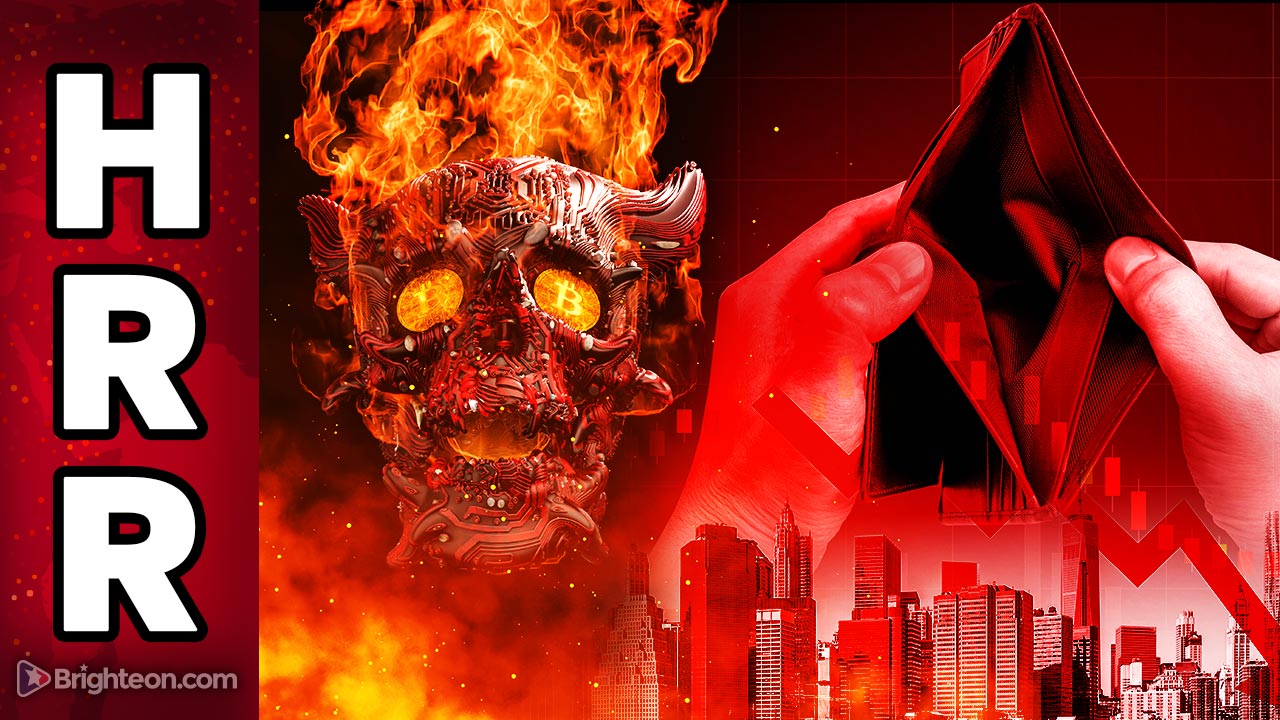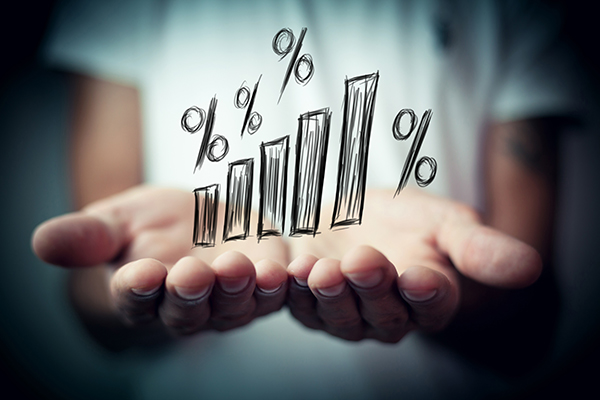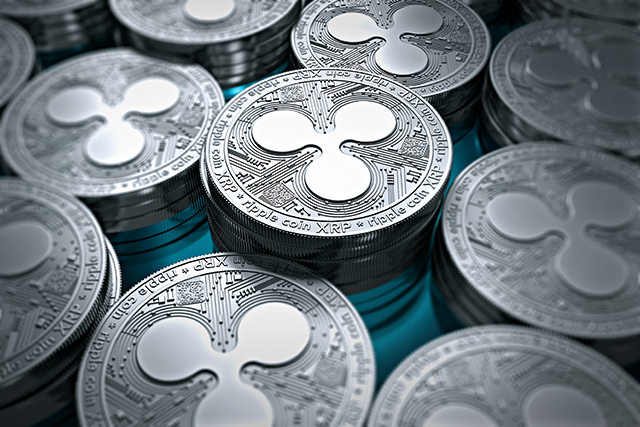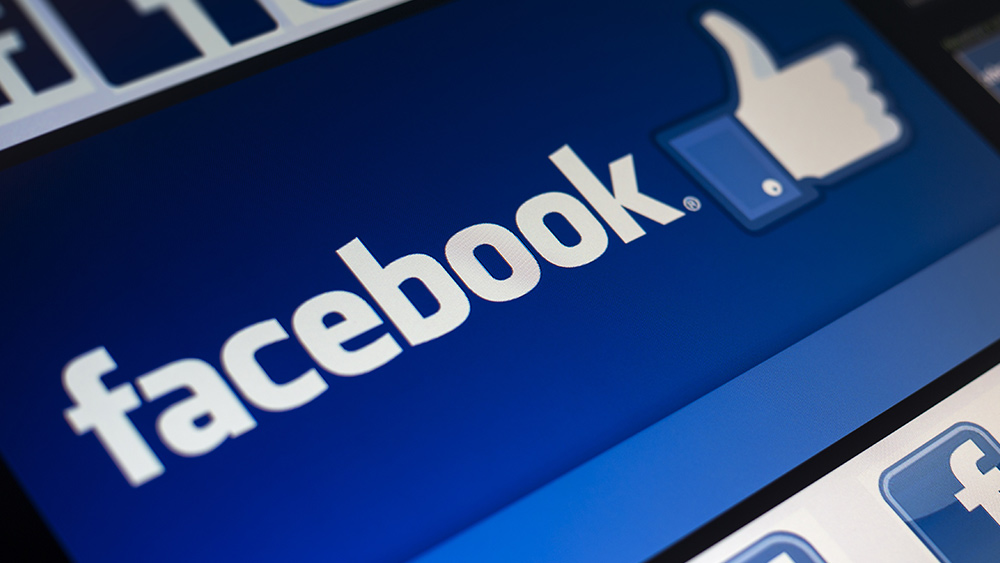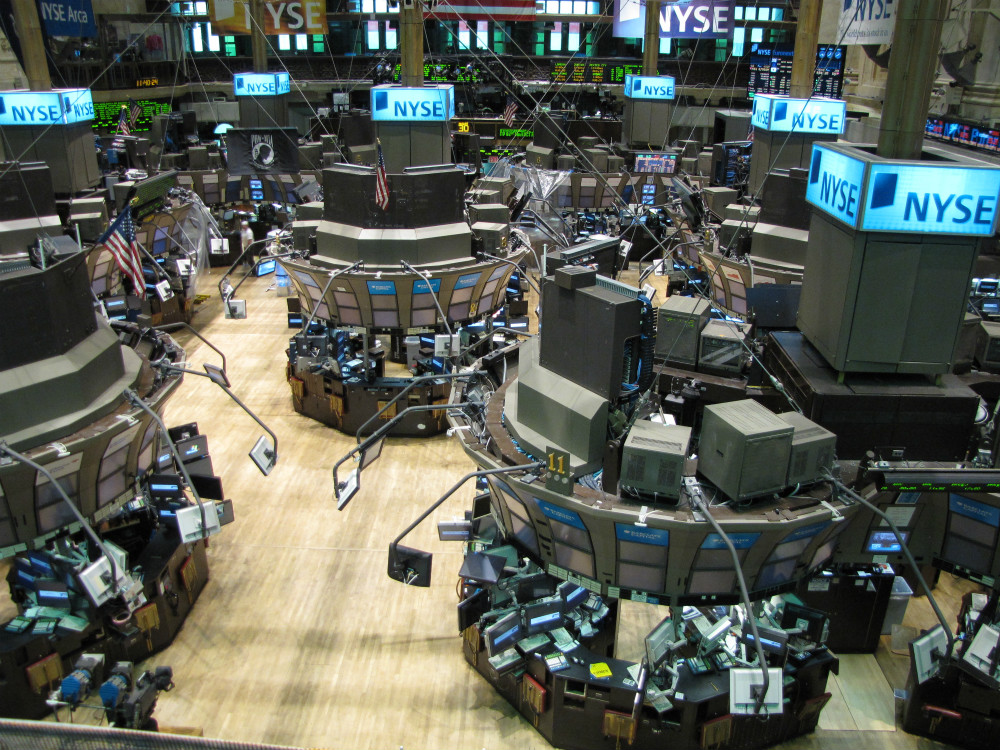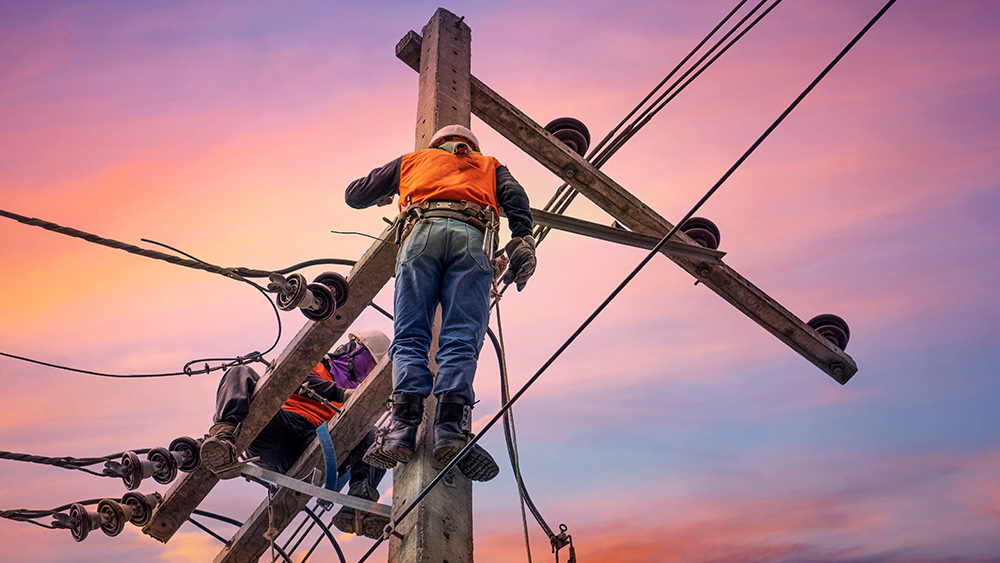Used car prices DROP 10.6% year-over-year in October – the worst decline in nearly 14 years
11/11/2022 / By Belle Carter
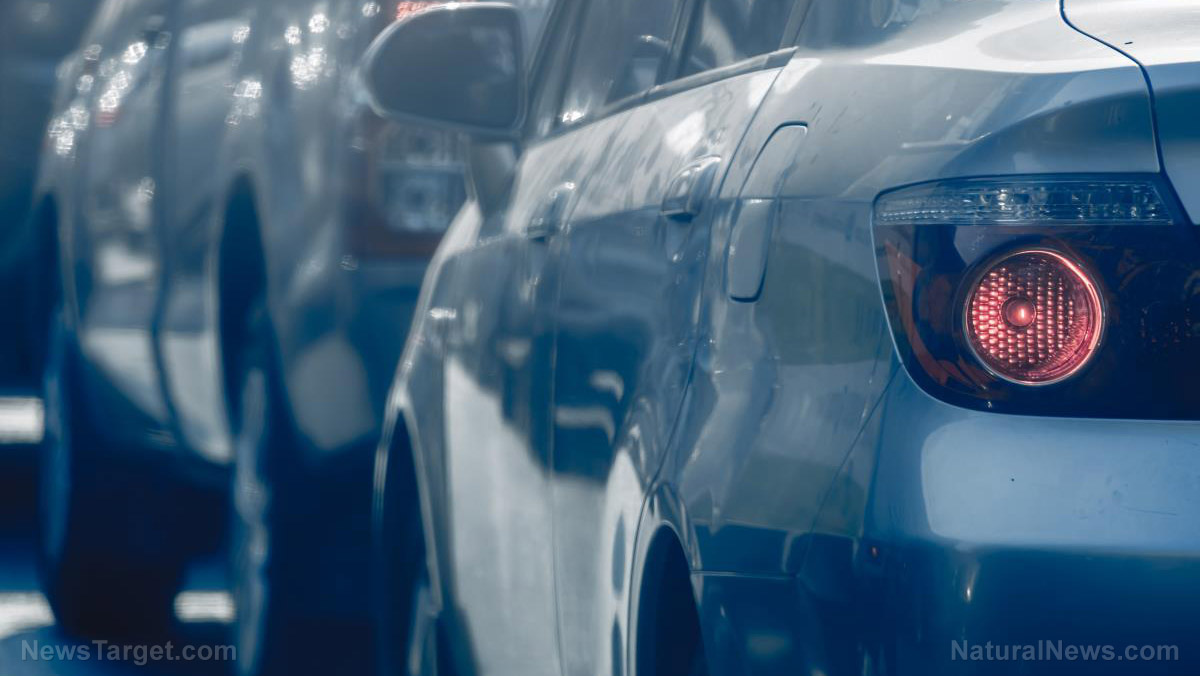
The once soaring used car prices are now plunging, thanks to the Federal Reserve continuing to hike interest rates in a bid to battle inflation.
As per the Manheim Used Vehicle Value Index, a gauge of wholesale market prices for used vehicles, the wholesale used-vehicle prices for October declined by about 10.6 percent on a year-over-year basis – the worst since December 2008.
Wholesale prices of used luxury cars, sports utility vehicles and pick-up trucks are down by 13.5 percent, 12.3 percent and 8.4 percent, respectively. The retail price that car shoppers are paying for used cars has also increased 7.2 percent since last year, according to the Department of Labor‘s latest consumer price index.
The index that tracks the price of what car dealerships pay at auto auctions was down in eight of the last nine months and declined for the fifth straight month. With borrowing costs continuing to skyrocket, experts say wholesale used-vehicle prices could decline significantly more.
“Used car prices, once considered the barometer of how bad inflation has become, are now moderating. In fact, they have been dropping for a year. As supply-chain shortages moderate, this closely-watched gauge will likely continue to decline, helping curb overall inflation. The move may also support the narrative that the Fed can scale back its rate increases, boosting stocks,” Bloomberg‘s Vincent Cignarella said.
According to Federal Reserve banker and founder of Sahm Consulting Claudia Sahm, the Fed knows that import prices are falling, producer prices have really decelerated overall and wage growth has slowed down.
Study: Despite massive drop in prices, consumers still can’t afford used cars
Since January 2009, used car prices have already recorded a year-over-year decline. However, with consumer income only rising 13 percent, they could still not afford to buy or pay for them. (Related: Used car prices are finally starting to drop, but many consumers still can’t afford payments.)
A recent study by automotive search engine iSeeCars, used car affordability is down to 26.7 percent from August 2019 to August 2022. For new cars, it is double the mentioned rate. “Due to supply chain shortages and increased demand, the rising prices of new and used cars have outpaced income growth,” noted Karl Brauer, the site’s executive analyst.
According to the research website, 33 used cars that were affordable between April and December 2019 were no longer affordable from January through August 2022. First on the list of three-year-old models that are now more expensive for buyers is the Toyota Avalon, now selling for $13,181 more than it did in 2019. The Chevrolet Traverse, Volvo S60, Ford Mustang and Acura TLX complete the top five.
“This is yet another indicator of how drastically prices have shifted on used cars in recent years,” Brauer said. “When you have a used Toyota RAV4’s price going from $20,534 to $32,090 in three years, there’s a clear indicator of affordability lost.”
He added that car shoppers would still need to replace their vehicles. The drop in affordability means shoppers are either taking longer loan terms and paying higher interest rates, putting down less money for a down payment or even forgoing the kind of car they originally wanted for a lower-cost model in order to make ends meet.
Visit Collapse.news for more news related to the ongoing economic meltdown.
Watch this video that talks about how inflation has influenced voters in the midterms.
This video is from the Son of the Republic channel on Brighteon.com.
More related stories:
RBC analysts: US car sales falling to recessionary levels.
New vehicle retail sales for July expected to DROP by 10.8% year-over-year.
World Bank wants to end car sales to combat “climate change.”
NY follows California’s example, bans gasoline-powered vehicles by 2035.
Sources include:
Submit a correction >>
Tagged Under:
Bubble, car sales, cars, consumer price index, debt bomb, debt collapse, economy, Fed, Inflation, Manheim Used Vehicle Value Index, market crash, money supply, risk, supply chain, used cars, vehicles
This article may contain statements that reflect the opinion of the author
RECENT NEWS & ARTICLES
COPYRIGHT © 2017 RISK NEWS

